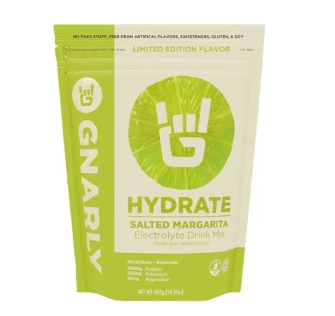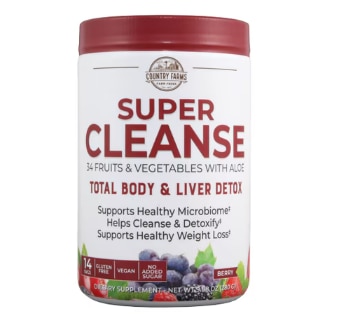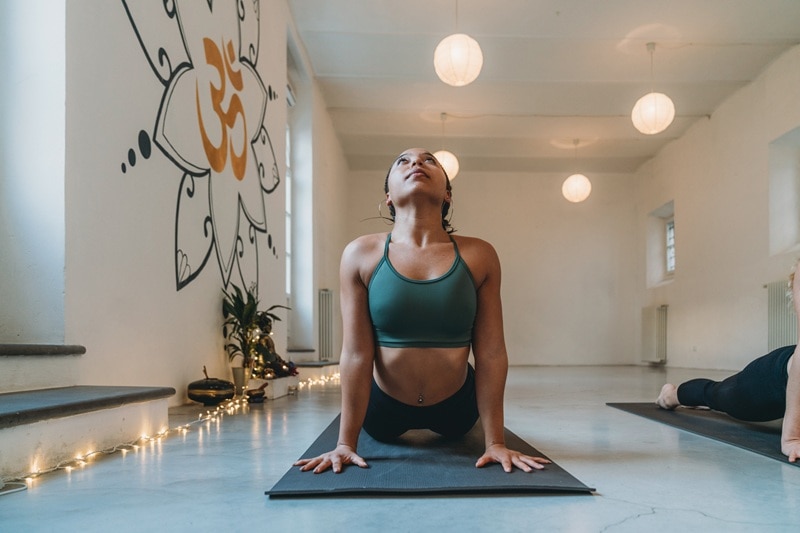In recent years, the hot fitness classes have become popular. Heat-infused workouts, from yoga and Pilates to cycling and HIIT, are steaming their way into fitness studios all over the U.S.
These classes, which usually take place in 95–100-degree temperatures with 40–70 percent humidity, claim to offer health benefits such as increased flexibility, muscular strength and cardiovascular function, along with lower blood pressure and inflammation.
Some enthusiasts even promote hot fitness as a source of natural detoxification, but how much of this hype is accurate and how much is based on a gimmick?
Let’s dive into the benefits and risk factors of hot fitness, so you can determine if it’s a good fit for your unique fitness goals and health needs.
Benefits of Hot Fitness Classes
Hot fitness offers some legitimate wellness benefits. When it’s practiced in a safe environment (no more than 105 degrees) with access to frequent hydration breaks and an emphasis on listening to the body. Bottom line, hot fitness could enhance both your mental and physical health in the following areas. Here’s how.
1. Flexibility and range of motion
According to the International Journal of Exercise Science, a hot yoga flow can result in less stiff, more mobile, and flexible joints. In particular, hot yoga has been found to significantly increase hip abduction, the research continues.
Stable hip abduction promotes balance and range of motion in the lower body, which makes it easier to perform functional movements, including joint flexions, rotations, and extensions. In other words, everyday life things, like bending down to pick something up, become easier.
2. Cardio strength and function
Even a one-degree boost in core body temperature can elevate circulation and quicken your heart rate by 7–9 beats per minute. These results, combined with the exertion of physical movement, could increase aerobic capacity and oxygen uptake, which helps strengthen overall cardiorespiratory fitness.
3. Decrease in muscle inflammation
Direct heat exposure can stimulate muscle protein synthesis, a metabolic process through which muscle fibers repair and recover after a workout. As muscle protein synthesis increases blood flow to the muscles, it alleviates soreness, replenishes energy stores, and enhances mitochondrial function at the cellular level. This, in turn, can reduce musculoskeletal inflammation.
4. Mindfulness and mental health
Exercising in the heat bolsters your mental wellness, too. Hot yoga practitioners are more likely to report an increase in mindfulness, life satisfaction, positive emotions, and peace of mind after six weeks of classes.
Hot yoga can also help calm anxiety or depression, boost focus and motivation, and mitigate sleep disturbances.
Drawbacks of Hot Fitness Classes
As with any form of exercise, it’s important to go beyond all the trendy marketing claims and wellness gimmicks to determine how safe and effective this workout might actually be—generally and specifically for you.
With any workout and fitness choice, it’s important to remember to honor the needs, comfort levels, abilities, and limitations of your own unique body. Here’s what to consider before you sign up for a hot fitness class.
1. Marginal effect on detoxification
Evidence shows that sweating from exercise could eliminate some trace heavy metals from the bloodstream. However, because sweat is predominantly water, this excretion method will not remove enough to make a real dent in toxic accumulation.
Most of the human body’s natural detoxification process occurs in the kidneys, liver and gastrointestinal tract, the Temperature Journal explains—sweat plays a marginal role at best.
2. Potential decrease in performance
While a spike in core body temperature can increase aerobic capacity, it could also inhibit your overall fitness performance. Heat exposure often causes premature muscle fatigue and thermal discomfort, which can lead you to exert less effort or intensity in order to conserve stamina.
Decreasing your work rate to accommodate for the heat can take a toll on sustained performance levels.
3. Heightened risk of heat stress
If a workout causes you to exceed the upper limits of a safe core body temperature (about 100 degrees), it can elevate your risk of heat stress, cautions the Temperature Journal. In response to this excessive heat, the blood vessels beneath your skin will start to dilate in an attempt to circulate oxygen, reduce blood pressure and cool you down.
This reaction is a natural, biological mechanism to keep you from overheating, but it’s crucial to escape the heat as soon as possible. If you continue to push through a workout in these unsafe conditions, you’ll be susceptible to uncomfortable (or even dangerous) heat stress symptoms, the research continues.
Think: muscle cramps or fatigue, shortness of breath, faintness, slower circulation, dehydration or strain on the cardiovascular system.
How to Be Safe During Hot Fitness Classes
- Choose the class wisely. If you’re new to hot fitness, consider the exercise format you begin with. For instance, a gentle Pilates or Yin Yoga class will be much less strenuous than a HIIT circuit or Bikram Yoga flow.
- Ease into it gradually. There’s no reason to jump right into a 60-minute class with an average temperature of 105 degrees. Start with a few 30-minute sessions at a more manageable temperature of 90 degrees and increase as you acclimate to the duration, intensity, and environment.
- Wear breathable clothes. Dress in moisture-wicking attire that allows for unrestricted movement. Not only does this promote a comfortable workout, but it will also ventilate your skin and evaporate sweat, so you’ll remain cool.
- Drink water frequently. It’s crucial to hydrate before, during, and after each hot fitness class. A helpful rule of thumb is to consume 24 ounces of water with electrolytes about two hours before the workout, then continue to drink 6–12 ounces of water during the workout, followed by 16–24 ounces afterward.
- Honor your discomfort. Notice any feelings of dizziness, nausea, shortness of breath, muscle cramps, exhaustion or a rapid heart rate. These can be indicators of heat stress and overexertion. There’s no shame in pausing a workout or leaving a class—the body talks, so listen to what it needs.
Ready to Dip Your Toes into a Hot Fitness Class?
Hot fitness classes can be effective for both mental and physical health, but those benefits are not without potential risks. If you’re curious about this exercise format, approach it through a lens of respectful alignment with your own body.
See how it feels to move in the heat, make adjustments as necessary, and be aware of discomfort or limitations as they arise. Most fitness trends come with pros and cons, so prioritize your well-being above all else.
Featured Products



The post Turning Up the Heat: What You Should Know Before Trying a Hot Workout first appeared on The Upside by Vitacost.com.

